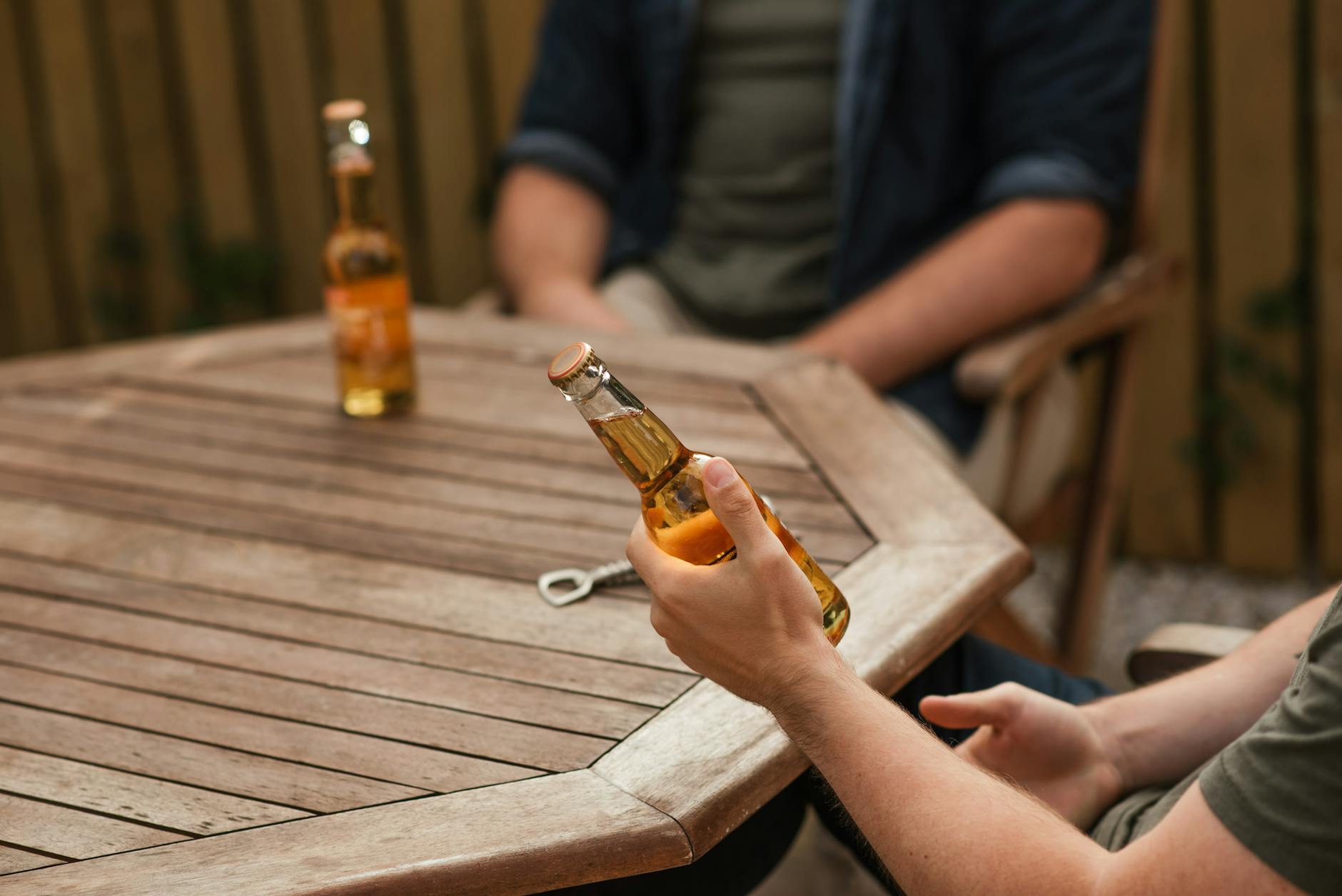Discover the surprising array of factors that contribute to how drunk you get after downing a few beers. #beer #drunkennesseffects
Table of Contents
Have you ever wondered how many beers it takes to get drunk? The answer is not as straightforward as you might think. Delving into the science behind alcohol metabolism, individual tolerance levels, and various factors influencing intoxication can help shed some light on this intriguing question.
Factors Influencing Intoxication
One of the key factors that influence how drunk you get after drinking beer is your body weight and composition. Generally, smaller individuals tend to feel the effects of alcohol more quickly and intensely than larger individuals. This is because alcohol is distributed more widely in a smaller body, leading to higher blood alcohol concentrations.
Gender differences also play a role in how alcohol affects individuals. Women tend to have a higher percentage of body fat and lower water content than men, resulting in a slower metabolism of alcohol. As a result, women typically get drunk faster than men when consuming the same amount of alcohol.
The rate at which you consume alcohol can also impact how quickly you get drunk. Downing several beers in a short period can overwhelm your body’s ability to process alcohol, leading to faster intoxication. On the other hand, spacing out your drinks allows your body more time to metabolize the alcohol, potentially delaying the onset of drunkenness.
Additionally, food consumption before drinking can influence how alcohol affects you. Eating a substantial meal before drinking can slow down the absorption of alcohol in your bloodstream, potentially reducing the intensity of intoxication. On the other hand, drinking on an empty stomach can lead to faster intoxication as alcohol is absorbed more quickly.
Alcohol Metabolism
Understanding how the body processes alcohol is essential in determining how many beers it takes to get drunk. After you consume alcohol, it is absorbed into your bloodstream through the stomach and small intestine. The liver then metabolizes alcohol into acetaldehyde, a toxic substance that is further broken down into acetate and eventually eliminated from the body.
Various factors can affect alcohol absorption and elimination rates, such as liver health, genetics, and overall metabolism. Some individuals have enzymes that metabolize alcohol more efficiently, leading to lower blood alcohol concentrations and a higher tolerance for alcohol.
Differences in metabolism between individuals can also impact how quickly you get drunk. Some people may feel the effects of alcohol after just one or two beers, while others may require several more drinks to reach the same level of intoxication. Factors such as age, ethnicity, and overall health can also play a role in how alcohol affects you.
Calculating Your Limit
When it comes to determining how many beers it takes to get drunk, understanding standard drink sizes and alcohol content is crucial. A standard drink is typically defined as 14 grams of pure alcohol, which is equivalent to about 12 ounces of beer containing 5% alcohol by volume.
Online calculators can help estimate your intoxication levels based on factors such as body weight, gender, and the number of drinks consumed. Recognizing signs of drunkenness, such as impaired coordination, slurred speech, and altered behavior, can also help you gauge when to stop drinking to avoid reaching dangerous levels of intoxication.
It’s essential to practice responsible drinking habits and know your limits when consuming alcohol. If you find yourself struggling with alcohol consumption or experiencing negative effects from drinking, seeking help from a healthcare professional or support group can provide guidance and assistance in managing your alcohol intake.
Conclusion
Exploring the factors that influence how many beers it takes to get drunk can provide valuable insights into responsible drinking habits and understanding your body’s response to alcohol. By considering factors such as body weight, metabolism, and alcohol tolerance, you can make informed choices about your alcohol consumption and avoid the risks associated with excessive drinking.
Remember, moderation is key when it comes to alcohol consumption. Knowing your limits, recognizing signs of intoxication, and seeking help if needed are essential steps in maintaining a healthy relationship with alcohol and ensuring your safety and well-being.
FAQ
Question 1: How does body weight influence drunkenness?
Answer 1: Body weight plays a role in alcohol distribution; smaller individuals may feel the effects quicker due to higher blood alcohol concentrations.
Question 2: What factors impact alcohol metabolism?
Answer 2: Alcohol metabolism is affected by liver health, genetics, and overall metabolism, influencing how quickly individuals get drunk.
Question 3: How can I calculate my alcohol tolerance?
Answer 3: Online calculators consider factors like body weight, gender, and drink consumed to estimate intoxication levels.
Question 4: What signs indicate dangerous levels of intoxication?
Answer 4: Impaired coordination, slurred speech, and altered behavior are signs to watch for to recognize when to stop drinking.


Leave a Reply